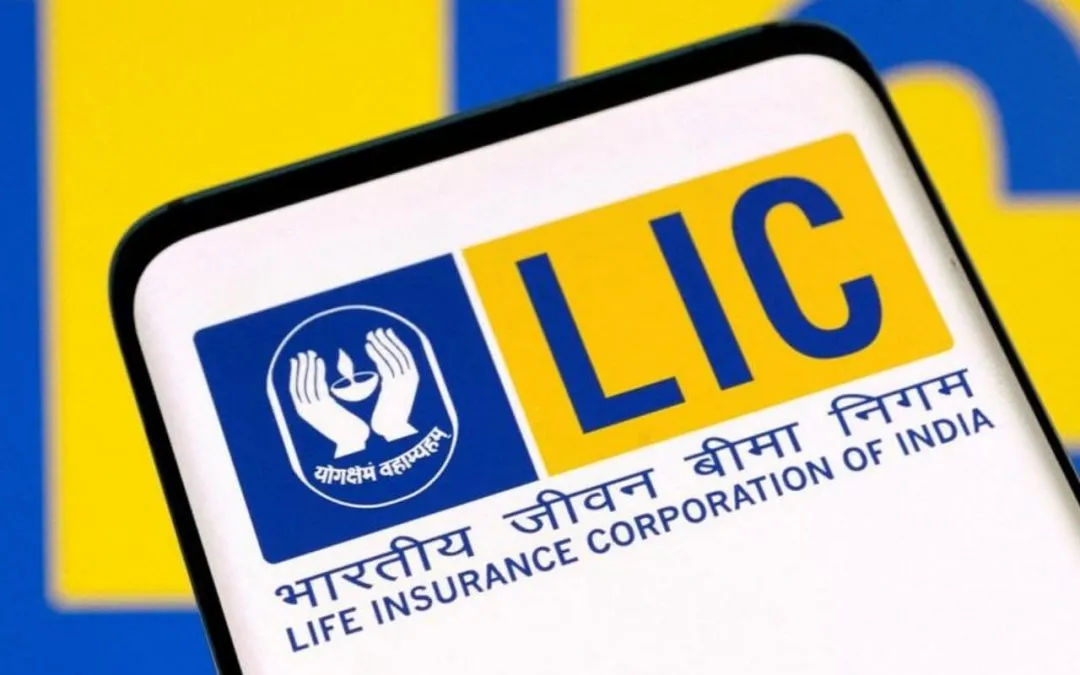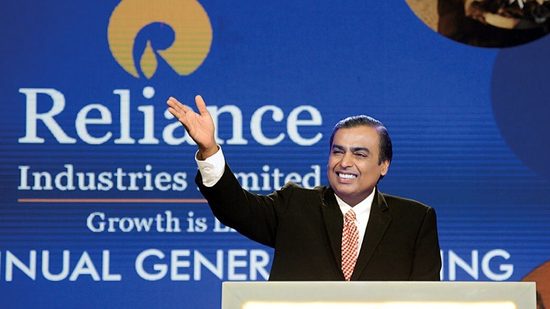
The largest domestic institutional investor in the Indian equities market, Life Insurance Corporation (LIC), decreased its stake in 105 stocks in the third quarter. Maruti Suzuki India NSE -1.63%, the largest automaker in India, is at the top of the list, and the sell-off by LIC in just 10 stocks is thought to have been worth close to Rs 20,000 crore.
LIC sold 43.2 lakh Maruti Suzuki NSE -1.63% shares during the quarter, bringing its holding in the automaker down from 4.86% in Q1 to 3.43% now. According to an analysis by PRIME Database Group, the net sale is estimated to be worth Rs 3,814 crore by multiplying the change in shareholding between June and September by the average closing price for the quarter.
The last six months have seen a rise of nearly 26% in Maruti NSE -1.63% share price due to concerns with the shortage of semiconductor chips diminishing and a positive demand forecast. The largest automaker in India surprised the market by increasing net profit by four times to Rs 2,062 crore in the September quarter, while revenue increased by 46% to Rs 29,930.80 crore.
Shares of PSU stock PowerGrid NSE 0.55%, which have lost over 8% of their value in the last six months, saw the second-largest selling in terms of value. The state-run electricity transmission company reported a 9% year-over-year (YoY) increase in profit after tax (PAT) at Rs 3,651 crore in Q2, falling short of profits projections.
By decreasing its stake in NTPC from 9.97% to 8.61%, the PSU insurer also realised a minor profit. NTPC is one of the top performing Nifty companies, up around 35% year to date, and it offers a dividend yield that is both appealing and over 4%. The state-run electricity transmission company reported a 9% year-over-year (YoY) increase in profit after tax (PAT) at Rs 3,651 crore in Q2, falling short of profits projections.
Sun Pharma NSE -0.52%, HAL NSE 0.04%, UltraTech Cement NSE -0.58%, Siemens NSE -0.35%, Britannia Industries NSE -0.15%, and Bajaj Auto NSE -1.42% are also on the list of LIC’s top sellers for the September quarter.
What should investors do?
The auto and banking-related sectors are at the top of most analysts’ lists since domestic industries performed well during the just concluded quarterly earnings season.
Strong growth in the financial sector was achieved thanks to margin expansion, driven by better-than-anticipated NIM (net interest margin) expansion. Automobile manufacturers experienced higher realisation, rebounding volume, and higher gross margin. Contrarily, commodity sectors have underperformed.
Banks and auto stocks were the top gainers in October amid sectoral rotation, while FMCG and pharmaceuticals remained at the bottom.
“Sectors that are susceptible to increased business activity and economic growth are likely to do poorly in the short term. Companies with significant market share and strong price power still outperform their competitors in these industries. Even sectors that are reliant on local demand can succeed. Businesses that can pass on the pressure from input costs to the customer are in a better position
In terms of relative valuations, global brokerage Morgan Stanley is overweight in the banking sector and underweight in the healthcare sector.
Due to unappealing prices and significantly negative earnings revisions, we downgrade the India healthcare sector to underweight. However, we continue to advise investors to keep overweight holdings in India financials in regional portfolios and have upgraded India industrials and India utilities to equal-weight.
stocks where LIC made the most sales in the second quarter





